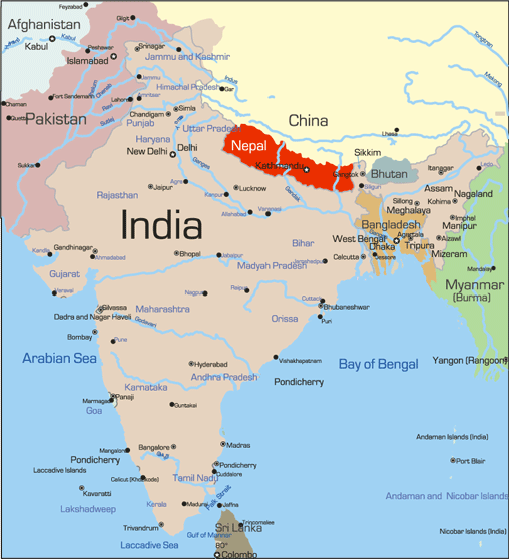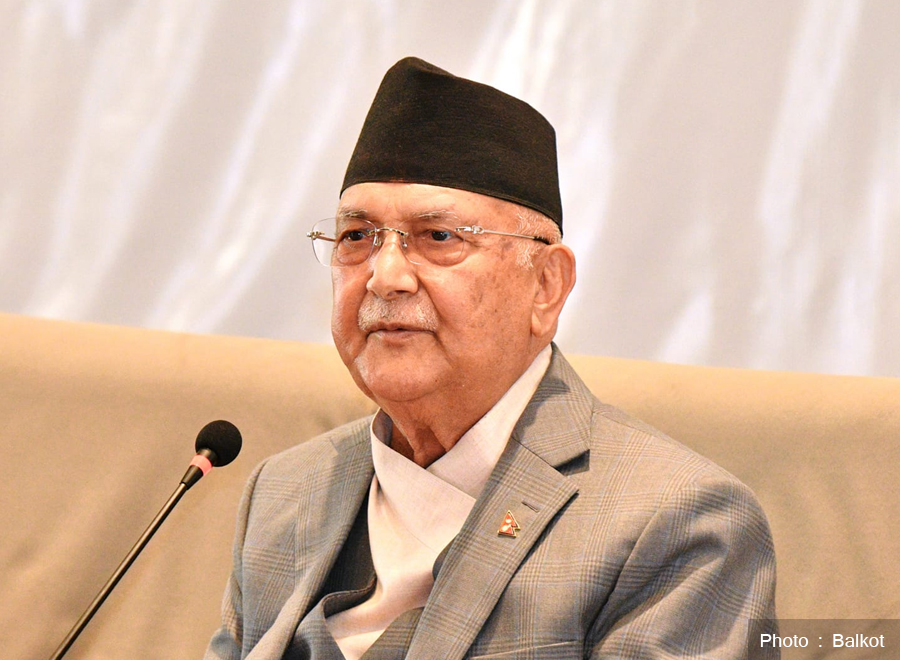NEPAL: STATE FRAGILITY AND POLICY ANALYSIS BRIEF

By Jennifer Coulthard, KC McLean, and Sarah Mackintosh
Since the end of the civil war in 2006, Nepal has maintained the peace, established a new constitution, held successful elections, and overall is on a trajectory towards stability and improvement of standards of living. Nepal was ranked the third most improved country on the 2018 Fragile States Index, and fourth most improved for 2019, yet it still ranks as a ‘High Warning’ country and faces a variety of challenges that threatens this improvement in the long term. Limited capacity to provide public services to all citizens, limited resilience to handle future environmental shocks, and persistent inequalities all demonstrate the weak governance that hinders Nepal’s progress. Nepal’s low capacity in turn weakens the legitimacy of the current government, presenting the potential for Nepal to fall into a capacity trap. This report provides the Canadian government with an analysis of the key drivers of fragility in Nepal, and offers policy options to help reduce fragility, strengthen government capacity, and keep Nepal on an improving trajectory.
This brief draws on a desk review of quantitative data, including indicators from key data-banks such as the World Bank, the Fund For Peace, the German Development Institute / Deutsches Institut für Entwicklungspolitik (DIE), and United Nations Development Programme (UNDP). Data is used from 2006 onwards for two reasons: lack of consistent data prior to this date, as well as a desire to track Nepal’s progress since the end of the civil war and the abolition of the monarchy. Qualitative data from various sources is used to inform our analysis. This includes news articles, reports, and scholarly publications regarding the Nepali context, regional analyses, as well as research on fragile states more broadly for a thorough representation of Nepal’s current position. A diverse range of sources and topics were used to ensure a nuanced, holistic understanding of Nepal’s trajectory.
Additionally, the Organization for Economic Development (OECD) multidimensional framework was consulted because it captures the major shift in how fragility is conceptualized. In this respect, it frames fragility as a combination of risks and coping capacities in economic, environmental, political, security, and societal dimensions. It offers a comprehensive and universally relevant perspective because it recognizes that each context faces its own unique combinations of risks and coping capacities.
Carleton University’s Country Indicators for Foreign Policy’s (CIFP) six key clusters are used to structure the analysis, exploring various indicators, intensity, and trends within each cluster. We find that Governance is the primary driver of fragility in Nepal, while Economic Development, Human Development, Demography and Population, and the Environment are secondary drivers. Relationships between the clusters were also considered, so as not to isolate any factors from the broader context. CIFP’s Authority, Legitimacy, Capacity (ALC) model is also used, with our analysis finding that Nepal is struggling in all three categories; however, Capacity presents the largest risk. This analysis led to the development of four related policy options to improve Nepal’s trajectory out of fragility.


















Facebook Comments